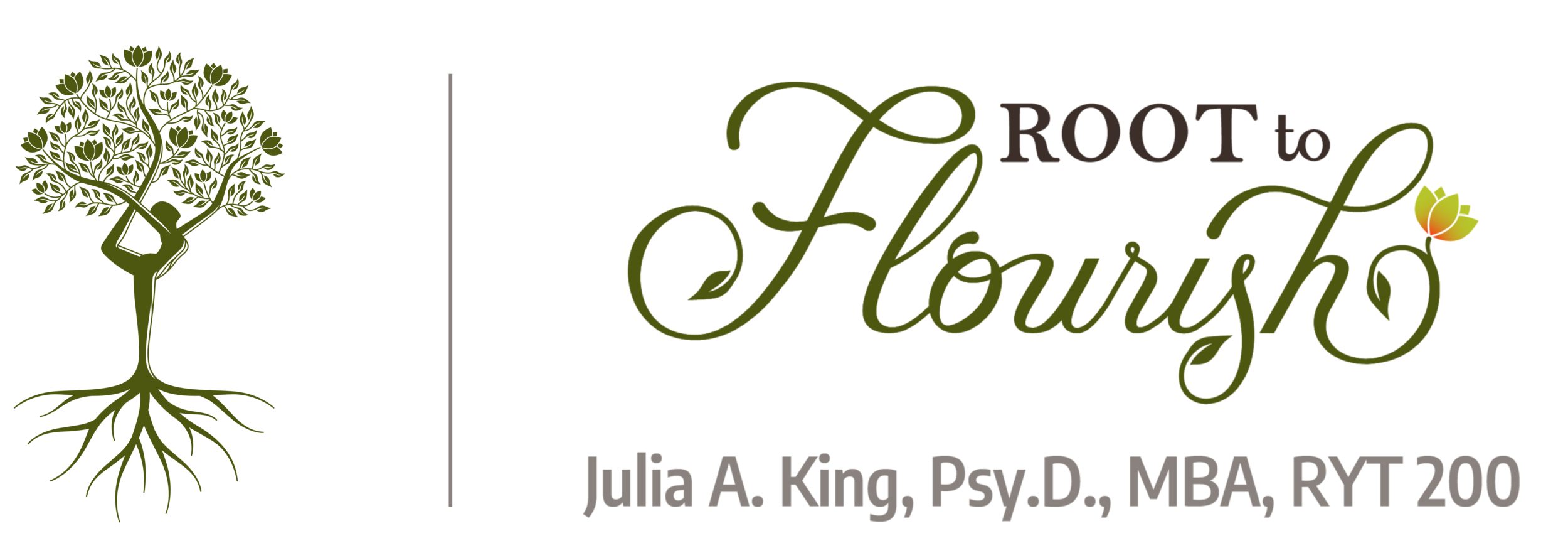Let's get cozy ...
Hygge is the epitome of coziness.
A Norwegian term, pronounced “hew-geh,” which has no direct translation in English, is a hallmark of Danish life.
It is defined as a “cozy quality that makes a person feel content and comfortable.”
This term can be a noun (i.e., it’s time for hygge), a verb (i.e., we are hygg-ing), an adjective (i.e., this room is so hyggelig), or added to other nouns to make a compound noun, like having a hygge-corner in your home.
And, winter is the time of year with the most opportunities for the ultimate coziness that is hygge.
When you think of getting cozy, what comes to mind?
Some features of coziness in winter may include warmth, soft light, and enjoyable activities. You can hygge alone, in quiet contentment, but the Danish intention of hygge often includes relaxation and intimate connection with others.
Think sitting by a crackling fire, under a blanket, with a warm beverage, perhaps snuggled with a cat or dog, reading a book, in a room lit by flickering candles.
Or, coming in from skiing or a winter hike with friends, to a warm winter cabin, and gathering around a table with bowls of piping hot chili or stew.
There are elements that create a physical environment to foster hygge. But, there is also the importance of mindset to consider. I like the definition of Helen Russell, who wrote “The Year of Living Danishly,” to capture the importance of both the physical elements to create the experience of hygge, as well as the appropriate mental and emotional approach; she defines the term as “taking pleasure in the presence of gentle, soothing things.” That is, the presence of gentle, soothing things is not enough; we must also take pleasure in them, and appreciate them, in order to open ourselves to the experience of coziness, contentment, and comfort that is hygge.
So, yes!, create the physical environment, and surround yourself with gentle, soothing things. And then take pleasure in them. Simple, right?
Hmmm …
I have many clients who struggle with increased depression and anxiety in the fall and winter. And, while they intellectually understand that fires and s’mores and warm cabins after skiing can be comforting, they struggle to emotionally access the appreciation for them, to truly take pleasure in such things for themselves.
So, how can we achieve that mindset? Particularly when we’re struggling emotionally, or if an appreciation for winter doesn’t come naturally to us?
Note that hygge is a mindfulness practice.
Remember that, as defined by Jon Kabat-Zinn, mindfulness is awareness that arises through paying attention, on purpose, in the present moment, non-judgmentally.
When we work to be here now, observing moments as they are, we can create the opportunity to suspending judgment and pre-conceived notions, to interrupt negative thinking, and simply try to experience what is occurring around us.
So, to enhance your experience of hygge when surrounded by gentle, soothing things, to give yourself an opportunity to take pleasure and appreciate, engage your senses. Take a moment and practice the 5-4-3-2-1 strategy: name and, more importantly, take a moment to truly experience with your senses: five things you see, four things you hear, three things you feel, two things you smell, and one thing you taste.
Hygge is also a gratitude practice.
Practicing gratitude is one of the simplest and most powerful strategies in our arsenal to combat negative thinking. When we repetitively take a moment to place our attention on what we are thankful for, what we appreciate, we harness the ability to challenge negative thinking, effectively changing the way we think, and ultimately the neural connections and activity in our brains, enhancing emotional wellbeing.
To embrace the mindset required for hygge, practice gratitude and embrace grateful living.
Get out of your comfort zone!
Are you familiar with the notion that ‘magic happens outside your comfort zone’?
And, ‘if nothing changes, nothing changes’?
When we avoid what is uncomfortable, we create small, predictable, “safe,” and stagnant lives.
And … nothing grows there.
If you struggle in winter, challenge the narratives you’ve created (i.e., “It’s so cold!,” “It’s so dark!,” “It’s so grey!,” “I hate winter!”) by testing our your theories and observe your experiences with an approach of mindfulness, observing the moments as they are, rather than what you assume they’ll be. For example:
How much longer can you enjoy candlelight with an earlier sunset?
Check out the woods you visit in warmer weather and explore how the landscape is different.
Bundle up, make some warm drinks, and have a fire outdoors!
What’s the beach like in winter?
Wishing you a lovely hygge-filled winter season, especially if you have to work a bit harder to take pleasure in it!
If this message resonates, and you want more - and don’t want to miss a newsletter! - subscribe!

